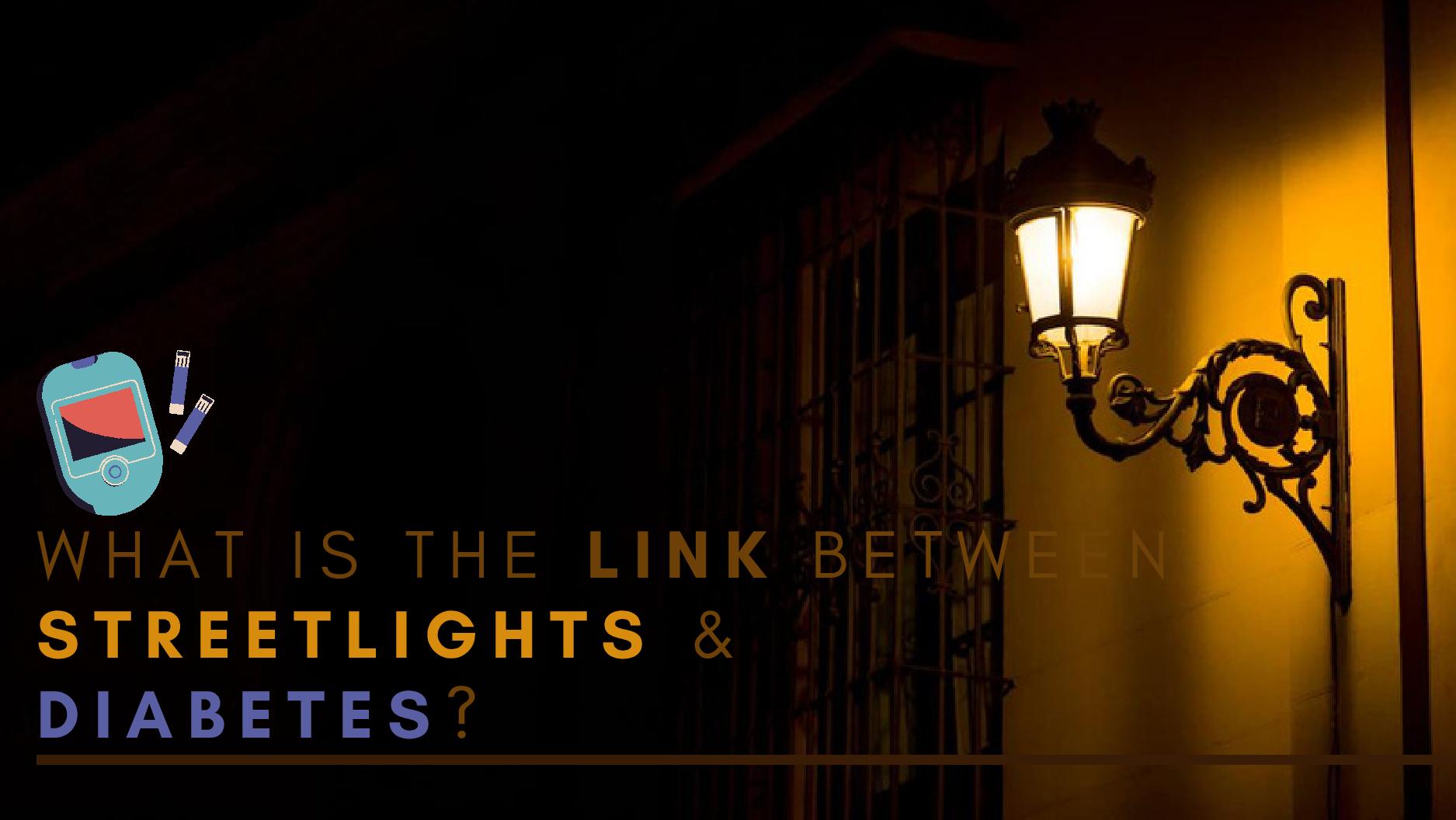Just In
- 5 hrs ago

- 6 hrs ago

- 9 hrs ago

- 9 hrs ago

Don't Miss
- Movies
 Kalki 2898 AD: Facts About Ashwatthama To Know Before Watching Prabhas-Amitabh Bachchan's Film
Kalki 2898 AD: Facts About Ashwatthama To Know Before Watching Prabhas-Amitabh Bachchan's Film - News
 Who Is Lisa Pisano, New Jersey Woman Gets Pig Kidney Transplant And Heart Pump?
Who Is Lisa Pisano, New Jersey Woman Gets Pig Kidney Transplant And Heart Pump? - Sports
 Pakistan vs New Zealand 4th T20 Live Score, Latest Updates From Lahore: Babar Azam Opts To Bowl First; Fakhar Zaman, Imad Wasim Return To Line-Up
Pakistan vs New Zealand 4th T20 Live Score, Latest Updates From Lahore: Babar Azam Opts To Bowl First; Fakhar Zaman, Imad Wasim Return To Line-Up - Finance
 Tech Mahindra Q4 Results: Cons PAT Declines 41% YoY To Rs 661 Crore; Exits FY24 In Red
Tech Mahindra Q4 Results: Cons PAT Declines 41% YoY To Rs 661 Crore; Exits FY24 In Red - Automobiles
 Royal Enfield Unveils Revolutionary Rentals & Tours Service: Check Out All Details Here
Royal Enfield Unveils Revolutionary Rentals & Tours Service: Check Out All Details Here - Technology
 Elon Musk’s X Is Launching a TV App Similar to YouTube for Watching Videos
Elon Musk’s X Is Launching a TV App Similar to YouTube for Watching Videos - Education
 AICTE introduces career portal for 3 million students, offering fully-sponsored trip to Silicon Valley
AICTE introduces career portal for 3 million students, offering fully-sponsored trip to Silicon Valley - Travel
 Escape to Kalimpong, Gangtok, and Darjeeling with IRCTC's Tour Package; Check Itinerary
Escape to Kalimpong, Gangtok, and Darjeeling with IRCTC's Tour Package; Check Itinerary
What Is The Link Between Streetlights And Diabetes?
Yes, I did write streetlights in the title, and yes, I will tell you how streetlights and diabetes are linked. As surprising as it may come, a recent study has found some link between the two, suggesting that streetlights may increase diabetes risk [1].
The Shanghai Jiaotong University School of Medicine in China found a correlation between outdoor artificial light at night (LAN) exposure and diabetes risk. It was recently published in Diabetologia, the European Association for the Study of Diabetes journal.

What Is The Relationship Between Diabetes And Streetlights?
In past research, light pollution from artificial local area networks has been shown to impact human health negatively. For example, several studies have linked artificial LAN exposure to sleeping disorders, mood and anxiety disorders, and obesity. Several studies have also indicated that artificial LANs may increase the risk of certain cancers [2][3].
The LAN refers [4] to the amount of light seen outside of businesses at night from lighted signs, streetlights, parking lot lights, vehicle headlights, lights outside of homes, etc.
In larger urban areas, there is greater light pollution and sky glow due to this light bouncing into the night sky.
Here is how the researchers linked diabetes and LAN:
Point 1: The lead author of this study indicates that the team decided to study the effects of artificial LAN because the prevalence of diabetes in China has increased continuously over the past few decades.
Point 2: Environmental risk factors and their impact on cardiometabolic diseases have recently received increased attention, allowing for identifying unconventional and novel risk factors of diabetes [5].
Point 3: According to analysis, people exposed to the highest levels of artificial LANs have a 28 per cent increased risk of developing diabetes compared to those exposed to the lowest levels of artificial LANs.
Point 4: A higher BMI was also observed in people in higher exposure groups. In contrast, a higher level of physical activity was observed in those in lower exposure groups.
Point 5: According to the study, prolonged exposure to LAN could alter the profile of hormones such as corticosterone and melatonin. As well as altering clock gene expression in the hypothalamus and peripheral organs. LAN exposure could also affect gene expression in peripheral organs. Physiological changes may result in disturbances in glucose metabolism, increasing the risk of developing diabetes.

On A Final Note...
A significant number of associations and areas for further investigation have been identified in this study, which could provide the basis for another focus of intervention in preventing diabetes by modifying risk factors.
In modern societies where night-time light exposure is common both indoors and outdoors, the effects of light exposure at night on diabetes may be significant. Therefore, inventions can be developed to reduce LAN exposure in order to prevent diabetes if a causal relationship between light at night and diabetes is established.
-
 healthExclusive: World Oral Health Day 2024: Doctor Shares How Diabetic Patients Can Maintain Their Oral Health
healthExclusive: World Oral Health Day 2024: Doctor Shares How Diabetic Patients Can Maintain Their Oral Health -
 healthWhat Is VIP? It Is Not What You Think! This One Is Connected To Blood Glucose, Here's What You Need To Know
healthWhat Is VIP? It Is Not What You Think! This One Is Connected To Blood Glucose, Here's What You Need To Know -
 pregnancy parentingWhat Are The 4 Must Have Vitamins For Kids With Diabetes?
pregnancy parentingWhat Are The 4 Must Have Vitamins For Kids With Diabetes? -
 healthDoes This Everyday Cooking Ingredient Trigger Diabetes?
healthDoes This Everyday Cooking Ingredient Trigger Diabetes? -
 healthRoller Coaster Effect In Diabetes: Why Does My Blood Sugar Level Go Up And Down, How To Stop It
healthRoller Coaster Effect In Diabetes: Why Does My Blood Sugar Level Go Up And Down, How To Stop It -
 healthSinger Shakira Loves These 2 Indian Sweets! How To Make It Diet-Friendly?
healthSinger Shakira Loves These 2 Indian Sweets! How To Make It Diet-Friendly? -
 healthWorld Diabetes Day 2023: 3 Weird Things That Can Put You At Risk Of Developing Diabetes
healthWorld Diabetes Day 2023: 3 Weird Things That Can Put You At Risk Of Developing Diabetes -
 healthWorld Diabetes Day 2023: Daily Habits That Make One At Risk Of Diabetes
healthWorld Diabetes Day 2023: Daily Habits That Make One At Risk Of Diabetes -
 wellnessWorld Diabetes Day 2023: Avoid These Common Mistakes When Testing Blood Sugar Levels
wellnessWorld Diabetes Day 2023: Avoid These Common Mistakes When Testing Blood Sugar Levels -
 healthDiwali 2023: Kalakand Recipe For Diabetic People; It Is Sugar-Free & Keto-Friendly
healthDiwali 2023: Kalakand Recipe For Diabetic People; It Is Sugar-Free & Keto-Friendly -
 healthHow Poor Air Quality During Can Raise Your Diabetes Risk
healthHow Poor Air Quality During Can Raise Your Diabetes Risk -
 healthWhip Up These 3 Diwali Sweets For Your Diabetic Mom Over 40
healthWhip Up These 3 Diwali Sweets For Your Diabetic Mom Over 40


 Click it and Unblock the Notifications
Click it and Unblock the Notifications



